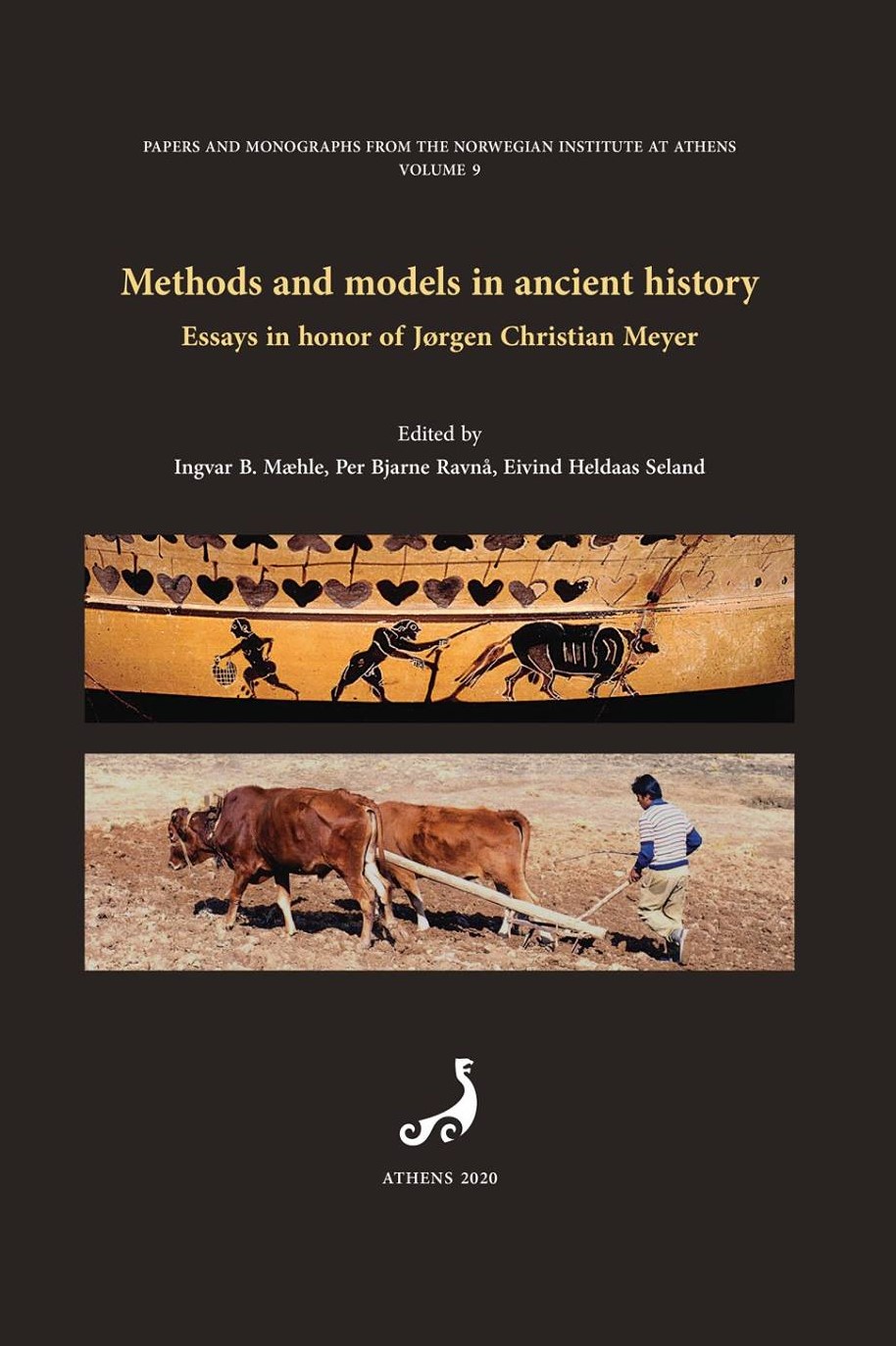Men of the desert or men of the world? Revisiting the iconography of Palmyrene men and their camels
New publication by Professor Rubina Raja.

Raja, R. (2020). "Men of the desert or men of the world? Revisiting the iconography of Palmyrene men and their camels”, in: I. B. Mæhle, P. B. Ravnå & E. H. Seland (eds.), Methods and Models in Ancient History made in honor of Jørgen Christian Meyer, Papers and Monographs from the Norwegian Institute at Athens 9, Athens, 129-150.
Abstract
Palmyrene male members of the elite had extensive networks ranging from Egypt to the Red Sea region and the Indian Ocean as well as to Rome and beyond in the first three centuries CE during which time Palmyra flourished. These networks were outcomes of trade relations, which were crucial for the Palmyrenes to maintain as part of the caravan trade, which they were pivotal to. While it is widely assumed that Palmyrene men integrated and assimilated into the Roman world and beyond, it still remains understudied how these members of the Palmyrene elite saw themselves and wished to be represented when they were at home in Palmyra. Did they stage themselves on the ground of their knowledge about the world outside of Palmyra or did they prefer to attach themselves to Palmyrene values and traditions? This paper re-evaluates a small but significant group of representations, namely those showing Palmyrene men together with an animal central to Palmyrene trade, the camel. It is discussed whether these representations tell us anything about how Palmyrene elite men situated themselves within Palmyrene society and whether they were indeed men of the desert or men of the world, or whether they might have combined both identities in these visual representations. Such issues are investigated here through the first overall presentation of all known representations depicting Palmyrene men and camels together. This approach has been made possible through the work done within the framework of the Palmyra Portrait Project since 2012, in which an exhaustive database of Palmyrene objects of art depicting Palmyrenes has been collected (totalling more than2700 objects and more than 3600 portraits). This comprehensive overview gives entirely new insights into the compositions used by Palmyrene artists as well as the choices made by the agents ordering such representations.
Collection of essays in honour of Jørgen Christian Meyer (University of Bergen)
Rubina Raja is one of several distinguished scholars, who have contributed to the new publication Methods and Models in Ancient History made in honor of Jørgen Christian Meyer (edited by Ingvar B. Mæhle, Per Bjerne Ravnå and Eivind Heldaas Seland).
Jørgen Christian Meyer recently retired from his position as a history professor at the University of Bergen, where he worked at the Department of Archaeology, History, Cultural Studies and Religion. He has researched the relations between the Middle East and Central Asia, Palmyra and the surrounding territory, and the nomadic networks on the Arabian Peninsula. The new collection of essays are produced on the occasion of Jørgen Christian Meyer’s 70th birthday and was presented to him on 21 August.
